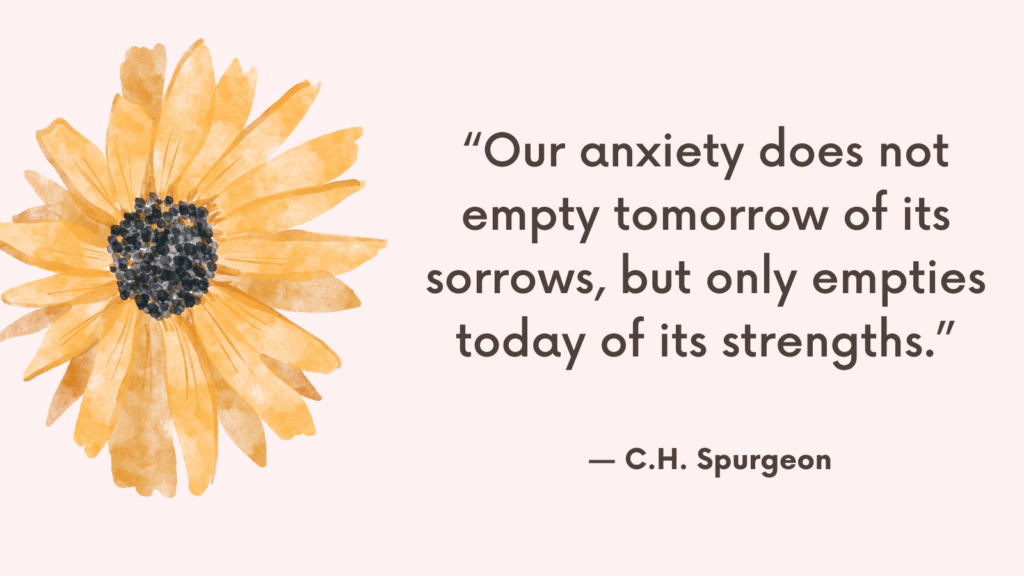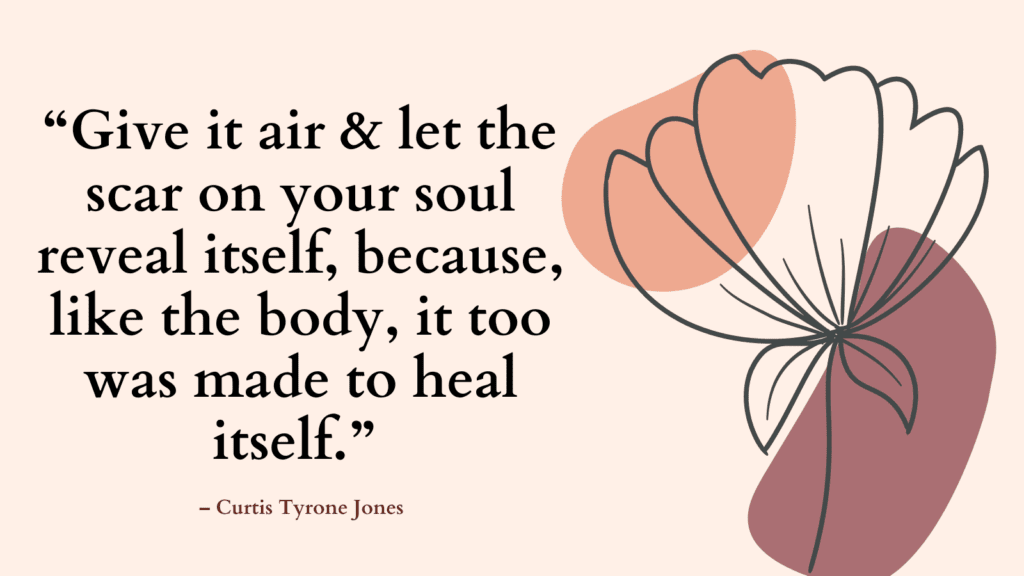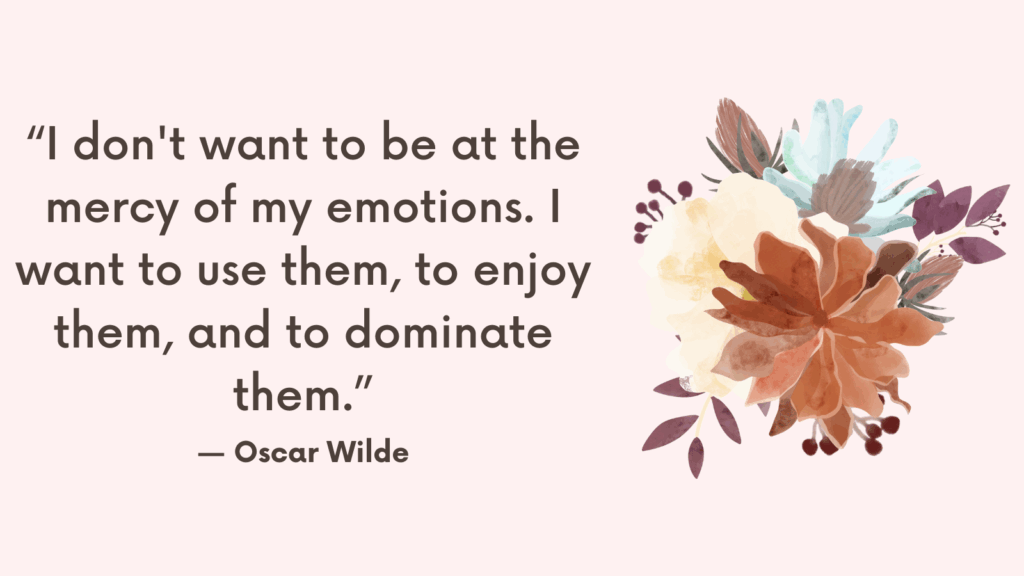This post contains a list of 15 Cognitive Distortions as well as helpful tips to challenge them.
15 Cognitive Distortions
Cognitive distortions are patterns of thinking that can lead to negative emotions and behaviors.
1. All-or-nothing thinking: Seeing things in black-and-white terms without considering the middle ground.
Example: Believing that receiving a B on a test makes you a complete failure.
2. Overgeneralization: Making broad, sweeping conclusions based on one piece of evidence.
Example: Believing that because one person didn’t like your presentation, everyone must think it was terrible.
3. Catastrophizing: Assuming the worst possible outcome will occur.
Example: Believing that if you make a mistake at work, you’ll immediately get fired.
Related: What Causes Cognitive Distortions? (+Top 10 Common Cognitive Distortions & How To Challenge Them)
4. Discounting the positive: Dismissing or downplaying positive experiences or qualities.
Example: Rejecting compliments by saying they don’t count or aren’t true.
5. Mind reading: Assuming you know what others are thinking, usually in a negative light.
Example: Believing that someone is angry with you without any evidence to support this assumption.
6. Fortune telling: Predicting the future, usually with a negative outcome.
Example: Thinking that you’ll never find a romantic partner, so there’s no point in trying to date.
7. Emotional reasoning: Believing that because you feel a certain way, it must be true.
Example: Feeling unattractive and concluding that nobody could possibly find you attractive.
Related: +20 Overgeneralization Examples & How to Avoid It
8. Should statements: Using “should,” “ought to,” or “must” statements that create unrealistic expectations.
Example: Believing that you should always be able to handle everything on your own, without ever asking for help.
9. Labeling: Applying harsh labels to yourself or others based on behavior.
Example: Calling yourself a “loser” for making a mistake.
10. Personalization: Taking responsibility for events that are out of your control.
Example: Believing that a friend’s bad mood must be due to something you did or said.
Related: How To Do Thought Work In 3 Simple Steps
11. Blaming: Holding others responsible for your negative emotions or experiences.
Example: Blaming a coworker for your own lack of productivity.
12. Mental Filter: Dwelling on a single negative detail and allowing it to taint your entire perception.
Example: Focusing only on the one critical comment in a sea of positive feedback.
13. Jumping to Conclusions: Making negative interpretations without supporting evidence. This can manifest as either mind reading or fortune telling.
Example: Assuming a friend is mad at you without any indication or predicting that an upcoming social event will be a disaster without any evidence to support this belief.
14. Control fallacies: Feeling helpless as if you have no control or excessive responsibility for outcomes.
Example: Feeling like a victim of circumstance and believing that nothing you do will make a difference.
15. Comparisons: Measuring your worth based on how you stack up against others.
Example: Feeling inadequate because a friend seems to be more successful in their career.
Related: Negative Core Beliefs List (& 8 Tips On How To Challenge Them)
How to Challenge Cognitive Distortions?
Here’s how you can challenge cognitive distortions:
1. Identify the Distortion
The first step in challenging cognitive distortions is to become aware of when they occur.
This involves paying attention to your thoughts and emotions, especially in situations where you experience distress or negative emotions.
2. Gather Evidence
Once you’ve identified a cognitive distortion, gather evidence both for and against the thought.
Ask yourself, “What evidence supports this thought? What evidence contradicts it?”
This process helps to bring objectivity to your thinking and challenges the automatic acceptance of distorted thoughts.
Related: How to Stop “What If” Anxiety Thinking?
3. Consider Alternative Explanations
Encourage yourself to think about alternative explanations for the situation.
Consider other possible reasons for what happened, particularly those that are less negative or self-critical.
This can help you see that there are multiple perspectives to consider.
4. Use Socratic Questioning
This technique involves asking yourself a series of probing questions to challenge the validity of your thoughts.
Examples of these questions might include:
– “What’s the evidence for and against this thought?”
– “Is there a more balanced way to look at this situation?”
– “Am I jumping to conclusions?”
– “What would I say to a friend who had a similar thought?”
5. Examine the Consequences
Reflect on the potential consequences of continuing to believe the distorted thought.
How does it affect your mood, behavior, and relationships?
Considering the impact of holding onto these distortions can motivate you to challenge and change them.
Related: Future Tripping: Top 9 Ways to Avoid Future-Tripping
6. Mindfulness and Thought Observation
Practice mindfulness techniques to observe your thoughts without judgment.
Being mindful of your thoughts allows you to recognize them as passing mental events rather than accurate reflections of reality.
This can reduce the power of cognitive distortions.
7. Behavioral Experiments
Engage in behavioral experiments to test the validity of your distorted thoughts.
For example, if you believe that others find you boring, intentionally engage in social interactions and observe the reactions of others. This can provide evidence to counteract the distortion.
8. Positive Reframing
Practice positive reframing by looking for alternative, more positive ways to interpret situations.
For instance, instead of catastrophizing about making a mistake at work, reframe it as an opportunity to learn and grow.
9. Record Your Thoughts
Keep a thought record or journal where you write down your distorted thoughts along with evidence that supports and contradicts them.
This can help you track your progress in challenging and modifying these thought patterns over time.
Related: How To Stop Self-Critical Thoughts Using These Top 10 Techniques

FAQs
Why do we develop cognitive distortions?
They develop as mental shortcuts or defense mechanisms, often in response to early life experiences, trauma, stress, or modeling from parents and society. While they may have helped us survive difficult situations, they become unhelpful when they consistently skew our perception of reality.
How do I know if I’m engaging in distorted thinking?
If your thoughts frequently lead to extreme emotions, self-criticism, or worst-case predictions, you’re likely caught in a cognitive distortion. Ask yourself:
- Is this thought 100% true?
- Am I ignoring other explanations?
- Would I say this to a friend?
Awareness is the first step. Once you recognize a distortion, you gain the power to challenge it.
Related: What Is Second-Hand Anxiety? (And How to Protect Yourself from It)
Are cognitive distortions the same as negative thoughts?
Not exactly. All cognitive distortions are negative thoughts, but not all negative thoughts are distortions. A distortion is a pattern of thinking that repeatedly misrepresents reality, whereas a negative thought could be accurate (e.g., “I made a mistake” vs. “I always ruin everything”).
Are some people more prone to distortions than others?
Yes. People with anxiety, depression, perfectionism, or low self-esteem tend to experience cognitive distortions more frequently and more intensely. However, everyone engages in distorted thinking at times — it’s part of being human.
Related: 8 Signs You Are Recovering From Anxiety
Conclusion
In addition to these specific strategies, it’s important to practice self-compassion throughout this process.
Challenging cognitive distortions can be difficult and may bring up uncomfortable emotions.
Being kind to yourself and acknowledging the effort it takes to confront and change ingrained thought patterns is essential for emotional well-being.
It’s worth noting that challenging cognitive distortions is not a one-time fix but an ongoing process.
With practice and persistence, individuals can gradually develop more balanced and realistic thinking patterns that contribute to improved mental and emotional well-being.



